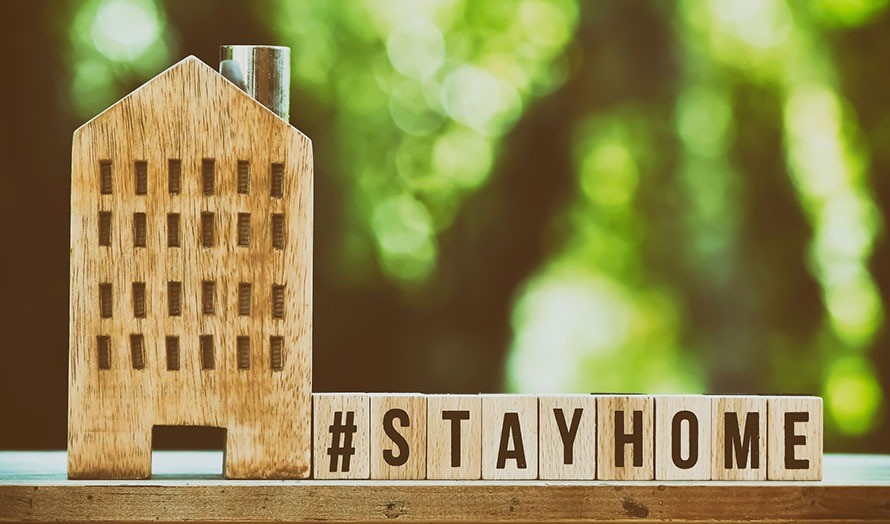Admit it – none of us took lockdown seriously at first.
Two weeks at home to ‘flatten the curve’? No worries.
Parents would get to spend some quality time with their kids working from home, and students – well they’d get the ‘luxury’ of an extra two weeks extension of the Easter holidays learning from their laptops.
That was nineteen months ago. Now, the mere whisper of the word ‘lockdown’ is enough to send shivers of anxiety coursing through our veins.
But COVID-19 wasn’t the first pandemic to present challenges to education for young people, and Gen Z isn’t the first generation to have been forced to learn from home.
Schools, colleges and universities were also shuttered for some time during the ‘Spanish flu’ pandemic in 1918-19, forcing the ‘Lost Generation’ to substitute lectures with reading textbooks.
On the surface, Gen Z actually appears to have gotten a pretty good deal in terms of remote learning, thanks to the evolution of the internet and digital learning.
But the lengthier, harder lockdowns and tougher social restrictions of the COVID-19 pandemic have taken their toll. According to our Coronavirus & the Class of 2020 Report:
- 67% of students we surveyed said learning from home worsened their school performance
- 87% said they missed face-to-face interaction of in-class learning
- Almost 8 out of 10 students said their mental health had been negatively impacted by remote learning
So as New South Wales and Victoria emerge from what we hope will be Australia’s last lockdowns, we can’t help but wonder – how long until it happens again? And if it does, what lessons have we learned about remote learning?
- Ensure equal access to critical resources
“How am I supposed to do school work efficiently when downloading a document takes 10-15 minutes?” a 17-year-old male from Western Australia said.
“Or trying to participate in an online WebEx when I can’t connect because the connection is too slow? You fall behind and it gets quite hard to keep up when what you are working with seems to be on its last legs.”
2. Structure online learning better (and again – resources!)
“I did not have internet at home and I would have to hotspot myself and buy credit almost every week to do all the school work and attend all virtual class calls on iSee,” a 17-year-old female from Queensland said.
“(Moreover, learning) was a lot harder with 29 students not knowing who would talk without seeing a hand up around you. We would talk over each other and it wouldn’t be helpful towards our teacher who would stress about trying to get everyone together and answering all questions.”
3. Adjust performance expectations
“The workload never really decreased from our school and they still expect us to sit these extremely hard exams which we are going to be so under prepared for,” an 18-year-old male from Victoria said.
“The pressure on us now is huge and it is having a large mental health problem in our society.”
4. Provide more social opportunities to substitute cancelled rites of passage
“A year which I have been dreaming about and looking forward to for my entire school career has been stripped of the positives and I am left only with the stress of exams and usual teenage difficulties,” a 17-year-old female from Victoria said.
“When in a usual year 12 the stress of studying and working is broken up by partying, formals and graduation dinners, there is nothing to break up the time and my and my friends mental health has struggled significantly.”






